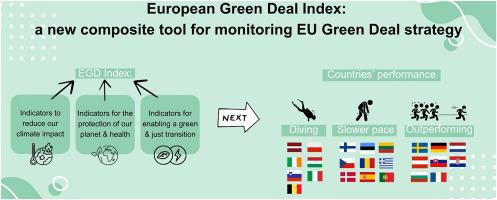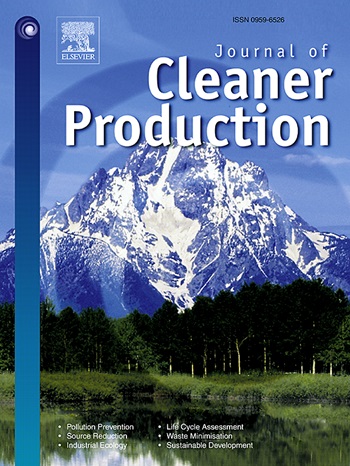European Green Deal Index: a new composite tool for monitoring European Union’s Green Deal strategy
IF 9.7
1区 环境科学与生态学
Q1 ENGINEERING, ENVIRONMENTAL
引用次数: 0
Abstract
The European Union’s growth strategy, called "The European Green Deal," strives to create a competitive economy in which there are no net emissions of greenhouse gases in 2050 and growth is decoupled from resource use. This paper aims to develop a new composite indicator, the European Green Deal Index, to analyse the implementation of the European Green Deal in the Member States. This index is based on 26 indicators proposed by the European Commission, categorised under the three pillars of reducing climate impact, protecting our planet and our health, and enabling green and just transition. The new index makes possible to identify the leading and lagging countries as well as the convergence/divergence between European Union countries on their path towards a zero-emission and climate-neutral economy. We employ a sensitivity analysis to compute the European Green Deal Index. Our analysis shows that the high complexity of the European Green Deal strategy poses a major challenge for most European Union countries to achieve all Green Deal targets. According to the value of the European Green Deal Index, Estonia, Sweden, and Latvia, as well as Austria, are leading countries, suggesting that North European paths toward a green economy are the most suitable approach for implementing the European Green Deal. Our analysis revealed a slight upward divergence in European Green Deal values among Member States. When analysing the development of the paths to achieving the Green Deal targets, we find that France, the Netherlands, and Germany are among the frontrunners with an above-average paths.

求助全文
约1分钟内获得全文
求助全文
来源期刊

Journal of Cleaner Production
环境科学-工程:环境
CiteScore
20.40
自引率
9.00%
发文量
4720
审稿时长
111 days
期刊介绍:
The Journal of Cleaner Production is an international, transdisciplinary journal that addresses and discusses theoretical and practical Cleaner Production, Environmental, and Sustainability issues. It aims to help societies become more sustainable by focusing on the concept of 'Cleaner Production', which aims at preventing waste production and increasing efficiencies in energy, water, resources, and human capital use. The journal serves as a platform for corporations, governments, education institutions, regions, and societies to engage in discussions and research related to Cleaner Production, environmental, and sustainability practices.
 求助内容:
求助内容: 应助结果提醒方式:
应助结果提醒方式:


